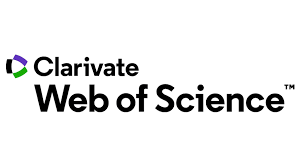Jadroňová Mariya,
PhD student of the Slavic Languages Department
Matej Bel University (Banska Bystrica, Slovakia)
e-mail: mariajadronova43@gmail.com
https://orcid.org/0009-0002-3896-4908
The article examines the semantic and quantitative indicators of designations of domestic and wild animals included in the answers to Russian and Slovak folk and author’s riddles. The linguistic picture of the world is also traced in the parameters of complete lexical-semantic paradigms with a minimal three-member set (‘male — female — offspring’), their narrowing (reduction of members) and expansion due to synonyms, as well as hypo-hyperonymic relations. A separate aspect of interpretation is the inclusion of animal names in the answer (single-word and multi-word). The linguistic picture of the world is studied and compared in folk and author’s riddles in each of the analysed languages. At different stages of the research, a combination of methods is used, including the quantitative method, lexical-semantic analysis, descriptive-analytical, and comparative methods. The methodological framework is based on complementary approaches of systemic and cognitive linguistics. The belonging of designations to the common Slavic lexical layer is reflected in equivalent lexical means and in the presence of identical or similar texts. Differences in linguistic pictures of the world are observed between folk (traditional) and author’s (original) riddles. At the same time, similarities and differences are traced in the interaction and connection between folk and linguistic traditions in the depiction of fragments of extralinguistic reality by Russian and Slovak languages under the influence of work activity, axiological standards, features of culture and life.
Keywords: Russian and Slovak languages, folk and author’s riddles, animal designations, structure of answers, frequency of use, linguistic Slavic studies
The study was carried out within the framework of the project VEGA 1/0766/24 “National Language and its Varieties in Dynamics and Interaction: West Slavic and East Slavic Context”
References
1. Teliia V.N. Metaforizatsiia i ee rol’ v sozdanii iazykovoi kartiny mira // Rol’ chelovecheskogo faktora v iazyke: Iazyk i kartina mira / otv. red. B.A. Serebrennikov. Moscow: Nauka, 1988. S. 173–204.
2. Liashuk V.M. Fol’klornaia traditsiia kak sposob sravneniia iazykovykh kartin mira // Slovo. Tekst. Kontekst. 2024. No. 1 (17). S. 7–20.
3. Bochkarev A.E. Semantika. Osnovnoi leksikon. N. Novgorod: DEKOM, 2014. 320 s.
4. Volotskaia Z.M., Golovacheva A.B. Iazykovaia kartina mira i kartina mira v tekstakh zagadok // Malye formy fol’klora: sb. st. / cost. T.N. Sveshnikova. Moscow: Vostochnaia literatura RAN, 1995. S. 218–244.
5. Andreeva E.G., Kuksha I.L. Rol’ zagadki v iazykovoi kartine mira (na materiale russkogo i angliiskogo iazykov) // Vestnik Russkoi khristianskoi gumanitarnoi akademii. 2010. T. 11. Vyp. 3. S. 148–160.
6. Jadroňová M. Jazykový obraz sveta v ruských a slovenských metaforických hádankách o domácich zvieratách // Slavica Beliana: slavistika v meniacom sa svete / eds I. Cintula, M. Lizoň, A. Repoň. Banská Bystrica: Belianum, 2024. S. 194–201. URL: https://repo.umb.sk/items/5b06eaf8-aa62-4153-a6aa-abf5cd803591 (11.11.2024).
7. Rybnikova M.A. Zagadki. Moscow; Leningrad: Academia, 1932. 488 s.
8. Sadovnikov D.N. Zagadki russkogo naroda. Moscow: Sovremennyi pisatel’, 1995. 400 s.
9. Záturecký A.P. Slovenské príslovia, porekadlá, úslovia a hádanky. Bratislava: Tatran, 2018. 812 s.
10. Leščák M. Slovenské ľudové hádanky. Bratislava: Tatran, 1981. 149 s.
11. Lysakov V.G. 1000 zagadok. Moscow: AST, 2009. 318 s.
12. Handzová Ž. Dám ti hádanku. Bratislava: Mladé letá, 1984. 150 s.
13. Kapraňová I. V ríši hádaniek. Bratislava: MPC v Bratislave, 2010. 123 s.
14. Liashuk V.M. Vengerskoe zaimstvovanie tatosh v slovatskoi iazykovoi i fol’klornoi traditsii // Vestnik ugrovedeniia. 2022. No.2 (12). S. 255–263.

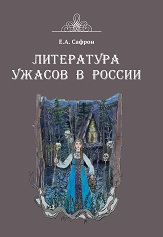
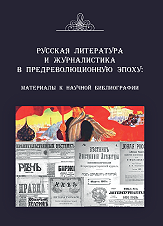
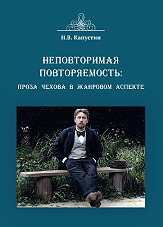
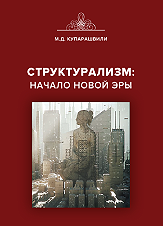
.png)
